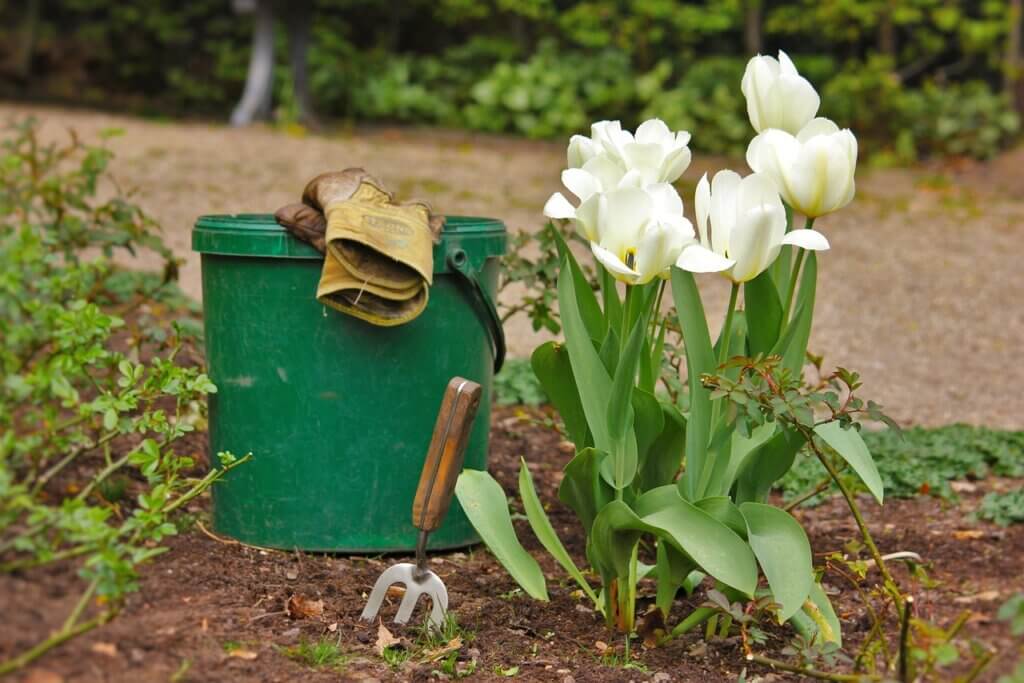Weeding: Pull less, grow more
10 neat things about weeding smarter, not harder
Let’s be honest: few of uslove weeding. But staying ahead of garden invaders doesn’t have to mean sore knees and sunburns. With a few time-saving habits and clever tricks, you can control weeds more easily and reclaim your garden time for planting, pruning or simply enjoying the view. Learn about weeding smarter!
1. Weed when the soil is damp.
Timing is everything. The best time to weed is after a good rain or deep watering, when the soil is soft and roots slide out with less effort. Pulling weeds from dry, compacted soil often leaves bits of root behind to sprout again. If it hasn’t rained, give the area a quick soak before you start. It’s easier on both the plants and your wrists.
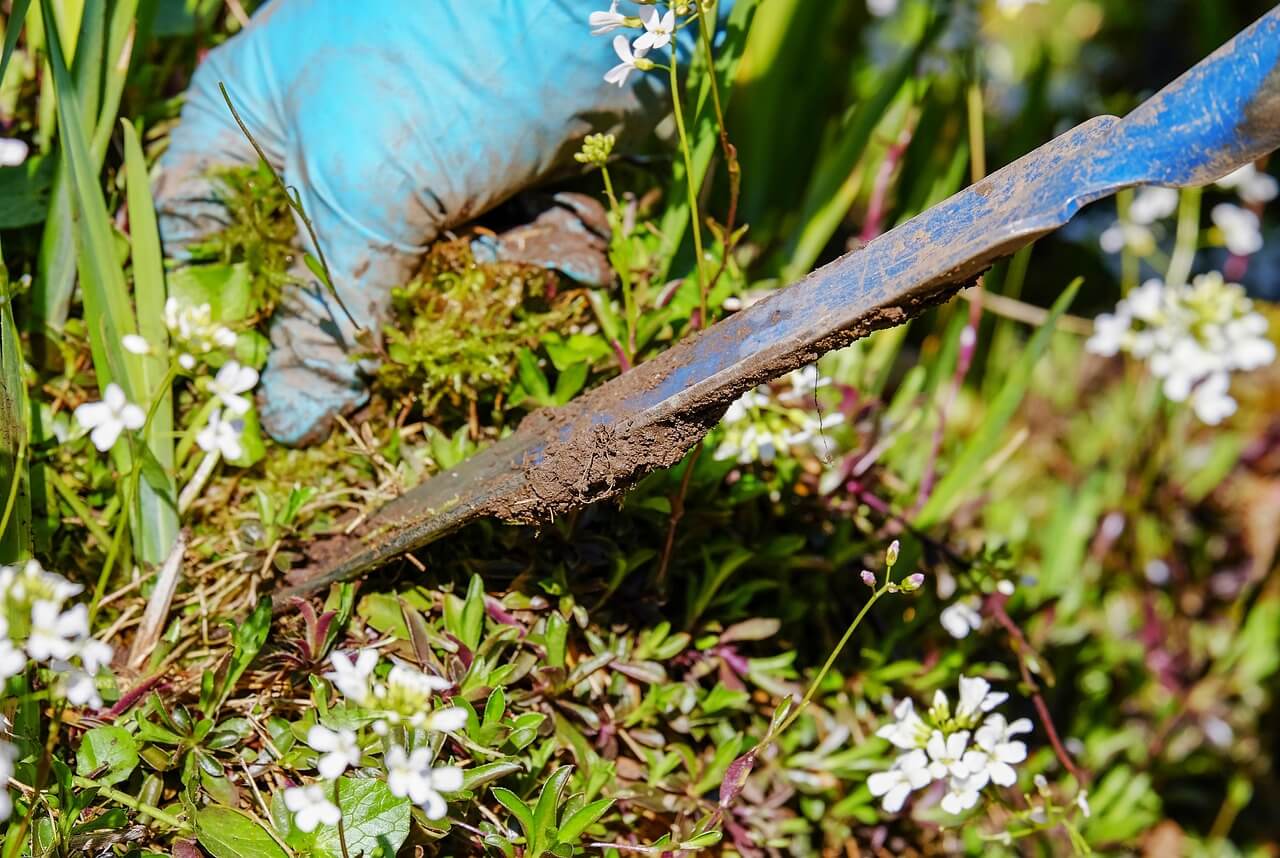
2. Mulch is your best defence.
Mulch does more than make a bed look tidy, it’s your first line of defence against weeds. By blocking sunlight, mulch keeps weed seeds from sprouting in the first place. Organic mulches like shredded bark, straw, pine needles, or even chopped leaves will eventually break down and enrich your soil, making them doubly beneficial. Just be careful not to pile mulch against stems or tree trunks, which can lead to rot.
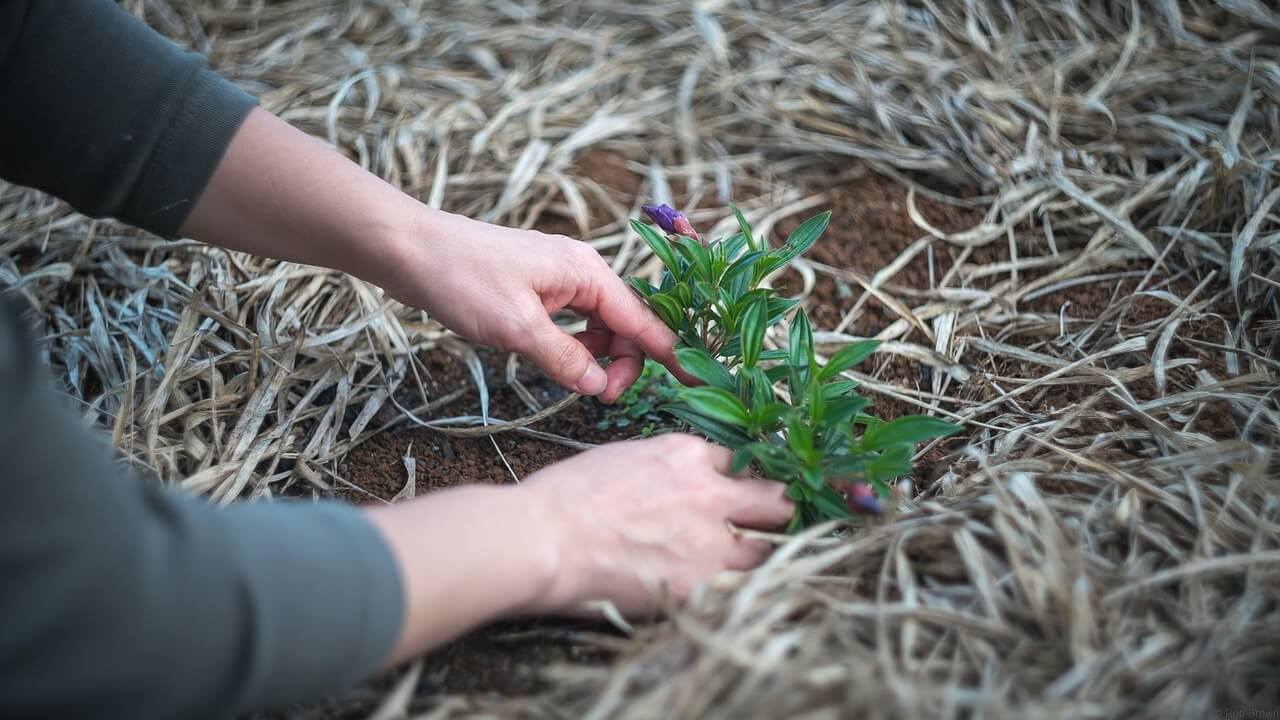
3. Time it right.
Don’t wait until weeds have taken over. The earlier in the season you start, the easier your job will be. Weeds are easiest to remove when they’re small and haven’t yet developed extensive root systems or dropped seeds. A single plant going to seed can result in hundreds more. Try to do a little every few days, especially in high-risk areas like paths, borders, and veggie beds.

4. Disturb soil as little as possible.
Every time you dig or till, you expose dormant weed seeds to light and air, which can trigger germination. That’s why no-till gardening has gained popularity. Instead of tilling, layer compost or mulch over the soil surface and let worms and microbes do the work. Pull weeds at the surface or cut them off at soil level rather than uprooting everything.
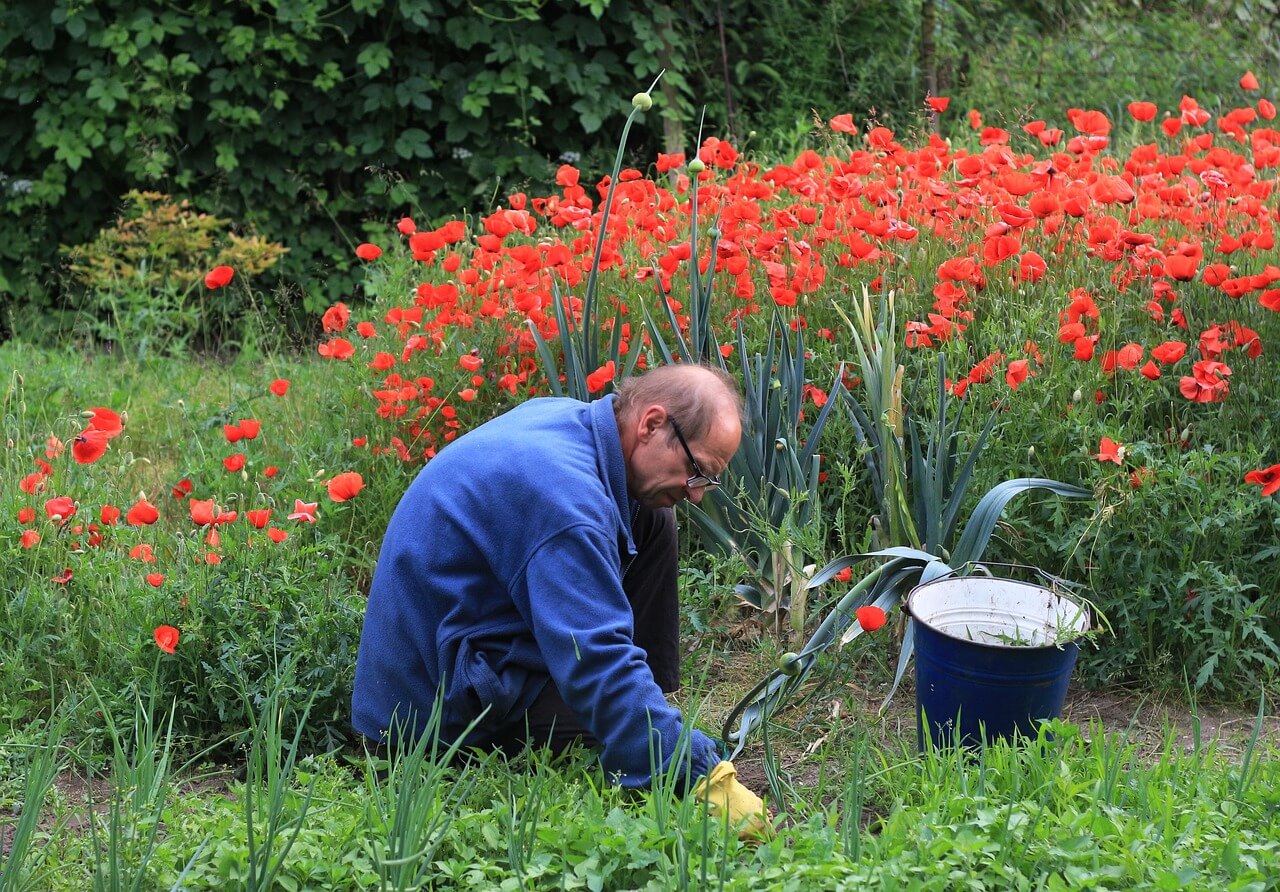
5. Use the right tool for the job.
This is the opposite of the point above, but to each their own. A sharp hoe or trowel makes a huge difference. Stirrup hoes (also called action hoes) are excellent for slicing off young weeds just below the surface, especially in rows. For stubborn deep-rooted weeds like dandelions or dock, a narrow weeding fork or horihori knife allows you to dig down and extract the entire root. Keep your tools clean and sharp and they’ll do more of the work for you.

6. Shade them out with smart planting.
Nature abhors a vacuumand so do weeds. Open soil is an open invitation for trouble. You can crowd out weeds by planting densely, using living mulches like clover, or ground covers like creeping thyme or ajuga. In vegetable gardens, crops like squash spread quickly and smother weeds by shading the ground.
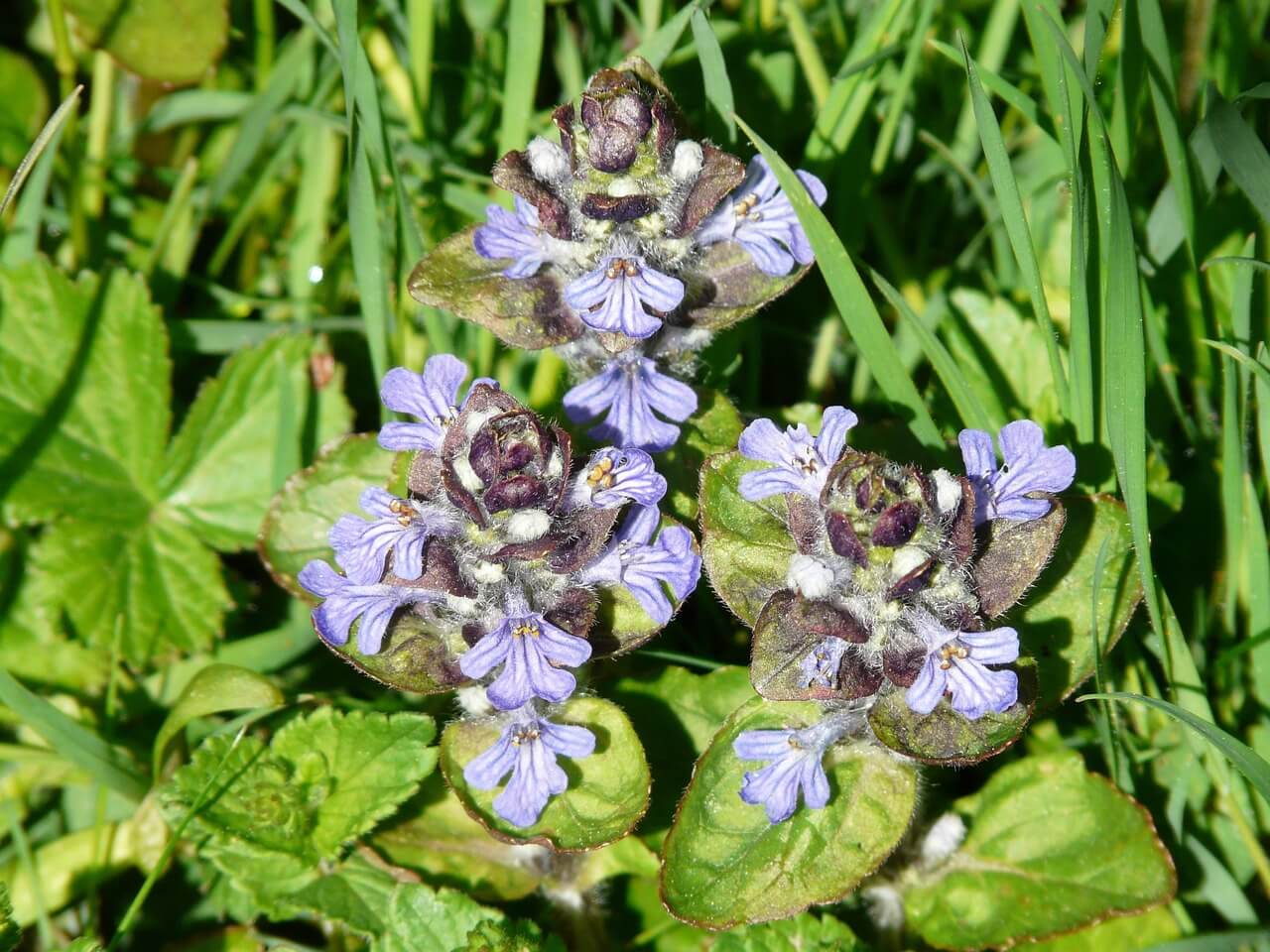
7. Spot treat the tough ones.
In pathways, driveways or gravel areas, where digging isn’t practical, consider selective treatments. A kettle of boiling water works well on cracks and pavers. Horticultural vinegar (20% acetic acid) can kill top growth of annual weeds. Propane torches are effective but require caution and should never be used during dry spells or near flammables.
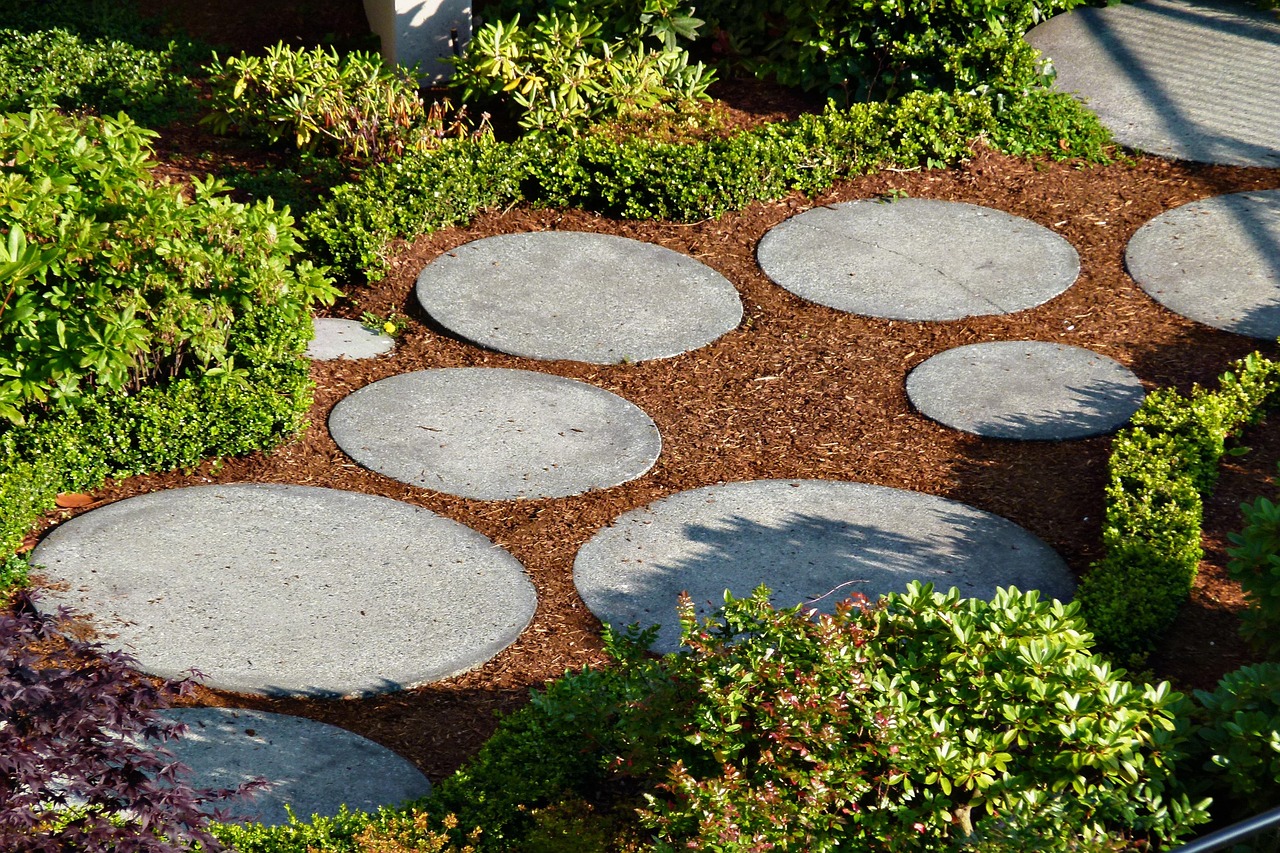
8. Know your enemiesand your allies.
Some weeds indicate soil conditions: for example, plantain and moss suggest compacted soil, while lamb’s quarters appear in rich soils. Others, like purslane and dandelion, are edible if harvested carefully. Understanding what’s growing helps you decide whether it’s worth removingor maybe even harvesting. It can also guide soil improvement strategies.
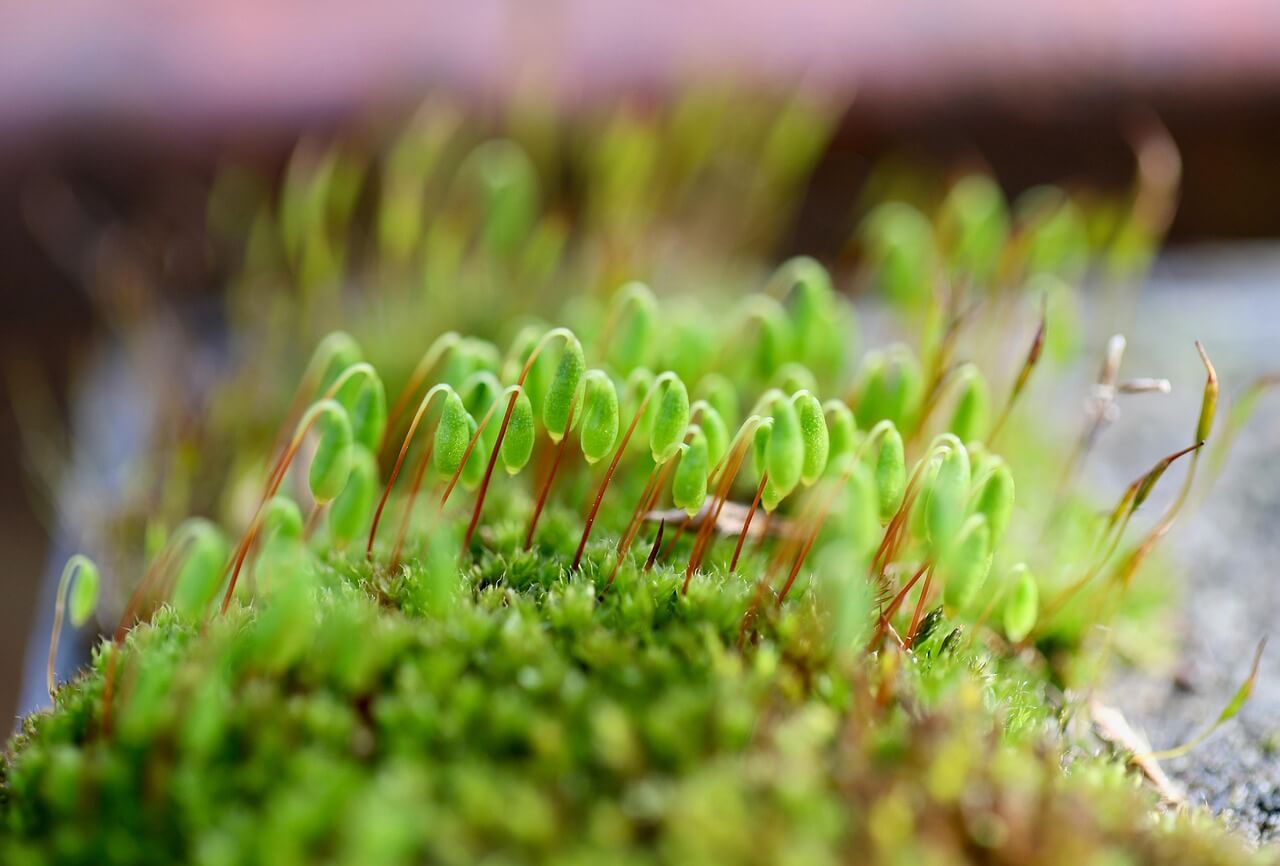
9. Don’t compost the bad guys.
Weed seeds and creeping roots often survive in home compost piles, especially if the pile doesn’t get hot enough to sterilise them. Avoid composting anything that’s gone to seed or that spreads via rhizomes or stolons—like quackgrass, creeping bellflower, bindweed or goutweed. Bag it for municipal compost or dispose of it in the garbage.
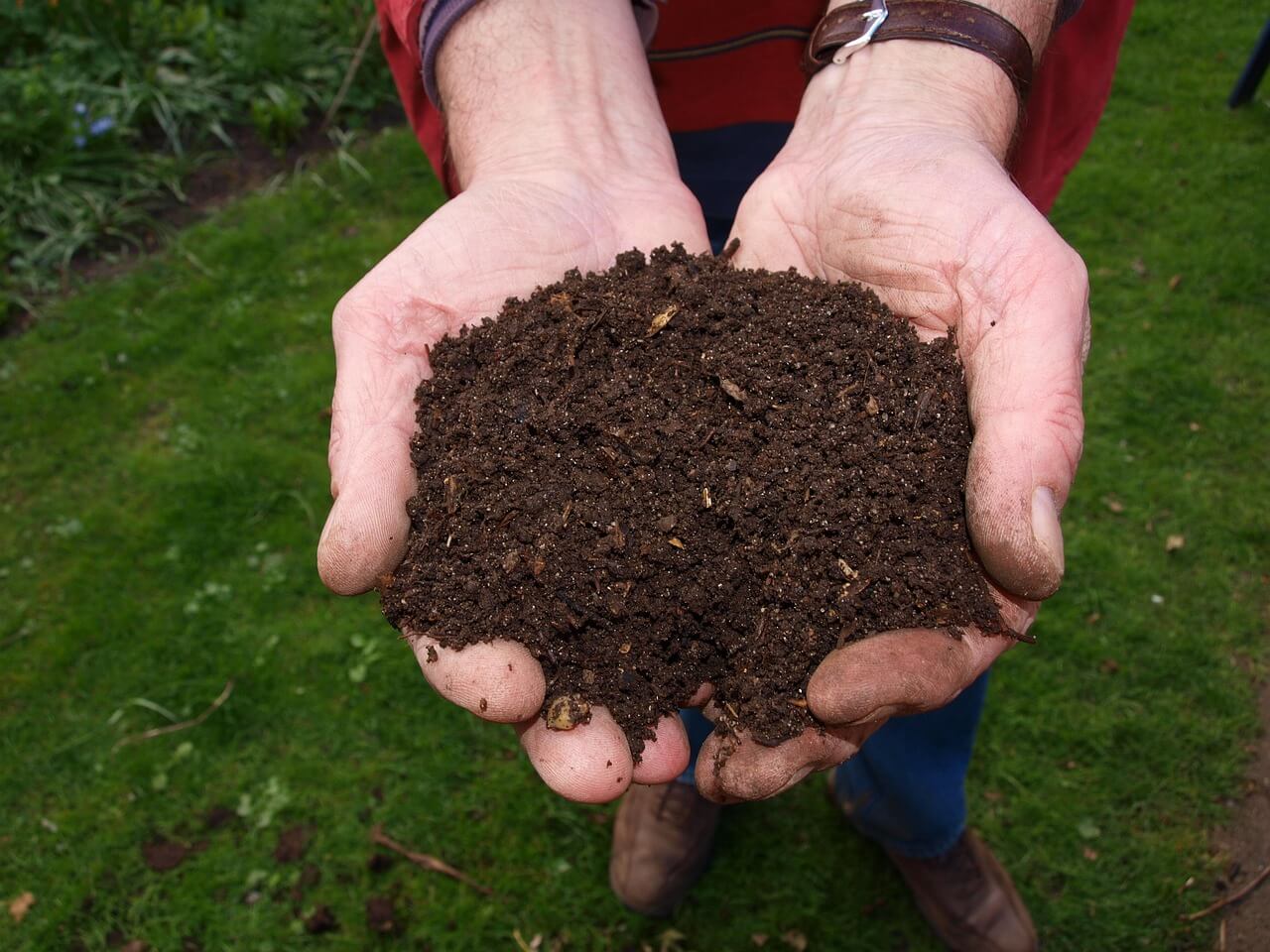
10. Make it a habit, not a marathon.
The secret to weed control is consistency, not intensity. Set a timer for five or ten minutes a day or make a pass through the garden during your morning coffee. Catching weeds early saves you effort later, and the time spent outdoors can be meditative. A few minutes here and there prevents hours of digging and discouragement. As we said in the beginning, it’s all about weeding smarter!
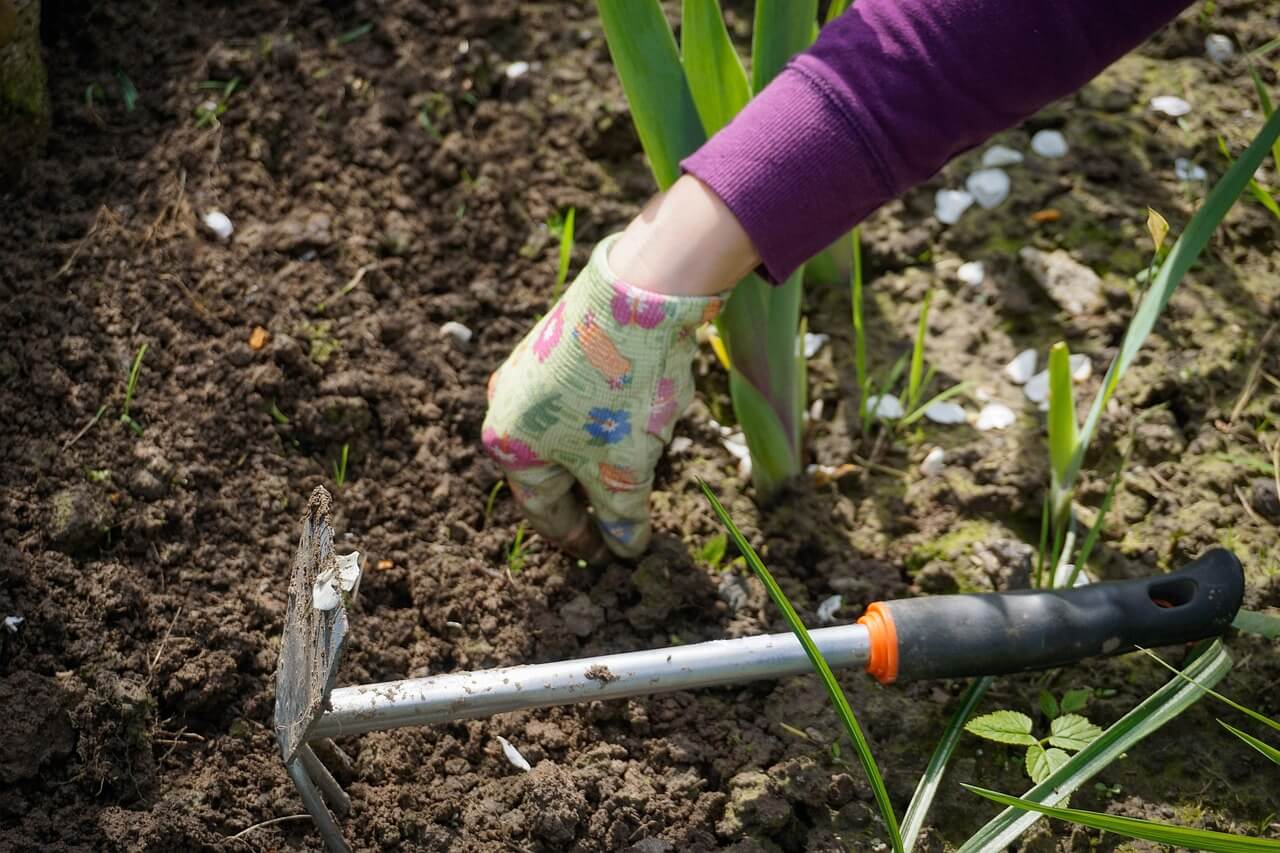
See this article about weeding for more information.

